It was an eight-day trip. We landed in Hanoi (in North Viet Nam) from Kolkata on February 1, early morning and left for home (Kolkata) from Ho Chi Minh City (Old Saigon) in South Viet Nam on late February 8. In between, we had flown over to Da Nang in the center of the country. There was nine of us: four couples, all from Kolkata and me. Three of the four men were classmates of mine in BE College from nearly 60 years back.
It was a somewhat strange experience for all of us, definitely for me. Unlike our previous travels, we knew very little about the place beyond the fact that they fought a bloody war with the US and of course the popular slogan: “Aamar Naam, Tomaar Naam, Viet Nam”. Thus, over the next few days, we learned quite a bit about the country – its history, its people, and so much more.
The pace of travel was dizzying. It made me quite tired. We saw a lot. I have posted some photographs and put in descriptions wherever possible. And in the process, we learned and observed a few things of interest, including their history.
We saw a lot and had some wonderful experiences. A few are etched in my memory. First, there was the embalmed body of Ho Chi Minh in the mausoleum in Hanoi. It was quite striking. He was surely the unquestioned founder of the nation. Unfortunately taking photos of the body was strictly prohibited. Among the others was the boat rise through the limestone caves in Lake near Hanoi, the cable car ride and the Golden Bridge with amazing large stone ‘God’s Fingers’, the New Year celebrations in the adjacent Fun City, the steamer ride along the famed Mekong Delta, and somehow, I loved the Chinese Buddhist temple in Saigon, with its several ‘strange’ Buddhas. Our tour also included forays into several interesting ‘art factories’. Perhaps the most interesting was the one where all products came from bamboo. And this included cloth from bamboo! We visited a studio preparing lacquer painting, a Honeybee Farm on an island, a pearl factory and an impressive art studio.
Viet Nam’s history went back at least till 1000 AD, and they seemed to have been in constant interaction, often conflicts, with the Chinese from the north. It seemed like Chinese were their natural enemies somewhat like our feelings for Pakistan. We also came to learn that Viet Nam, along with Cambodia and Laos to the west, were under French domination for about 100 years, till 1950s and were together known as French Indochina. The French hegemony over the area started in fits and starts around the 1850s. They quickly established their foothold over the area with occasional uprisings and decline in French fortunes, Incidentally, Ho Chi Minh was an early agitator against the French and was introduced to communism on his trip to France in the 1920s. The French were finally fully expelled from Indo China in the 1950s. I was quite surprised not to find much of the legacy of the 100-year French presence. The only items I recall being shown were a Notre Dame Church and an Old Post Office in Saigon, both from the outside.
The war with the US, which started in a small way in 1962 but with time, reached monumental proportions and ended with the defeat of the US in 1975. And while at it, I would be remiss if I did not allude to a demonstration on the legacy of the Viet Nam War. We were shown shells from the war. But the most interesting was a lecture demonstration of the intricate system of tunnels
dug out by the Vietnamese to protect them from US bombing. It is significant that the tunnels were dug in 2 or 3 levels for added protection. The tunnels are still left in place in the nearby woods and can be accessed through openings for those who dare to brave through them. We came to learn from our guide that since 1995, USA has taken a keen interest in the development of Viet Nam, primarily through private enterprise. There was no overt animosity against the Americans, in spite of the brutal war.
The country was now more or less evenly split between Buddhists, which probably came down from China and Roman Catholicism, a possible legacy of the French. There were about 4 percent Muslims and a small number following old traditional religions. Our guide was quick to point out that there was perfect religious harmony.
Now to a few personal observations and experiences. I found most Vietnamese, men and women, fairly well dressed and in western attire. But to my surprise, most spoke little English. The women often smiled back sweetly when they could not communicate. The billboards and signboards were all written in Vietnamese. They were all Roman letters with a profusion of umlauts. There was generally no English to help us out. And there were hardly any Chinese letters. Made me wonder if Vietnamese had their own Chinese style alphabet. It was also interesting that though Vietnam was a Communist country – there were posters with the proverbial hammer and sickle on a red background all over, including along the roads, we did not experience any signs of repression anywhere during the trip.
The major roads and thoroughfares we traveled on were generally quite impressive – wide and clean. But we could not figure out the road signs. Another notable observation was the large numbers of bikes and scooters. We were told that they were a result of their interactions with South Korea in the recent past. Also prominently noticeable were red communist symbols along the road. But in our travels, we found no indication of any restrictions.
Finally, I come to a pet peeve of mine. the presence of Indians in the place. We did find a lot of Indians alighting with us at Hanoi. But I saw few Indians in the streets and did not see any Indian shops. Of course, we bumped into a large Indian tour group in the steamer jetty for Mekong Delta and also in the Indian restaurants we ate in. We ate in Indian restaurants several times in two different cities. The guides always seemed to guide towards them. My hunch is, it was their experience with the Indian visitors, many of them possibly South Indians, and most had preference for vegetarian meals.


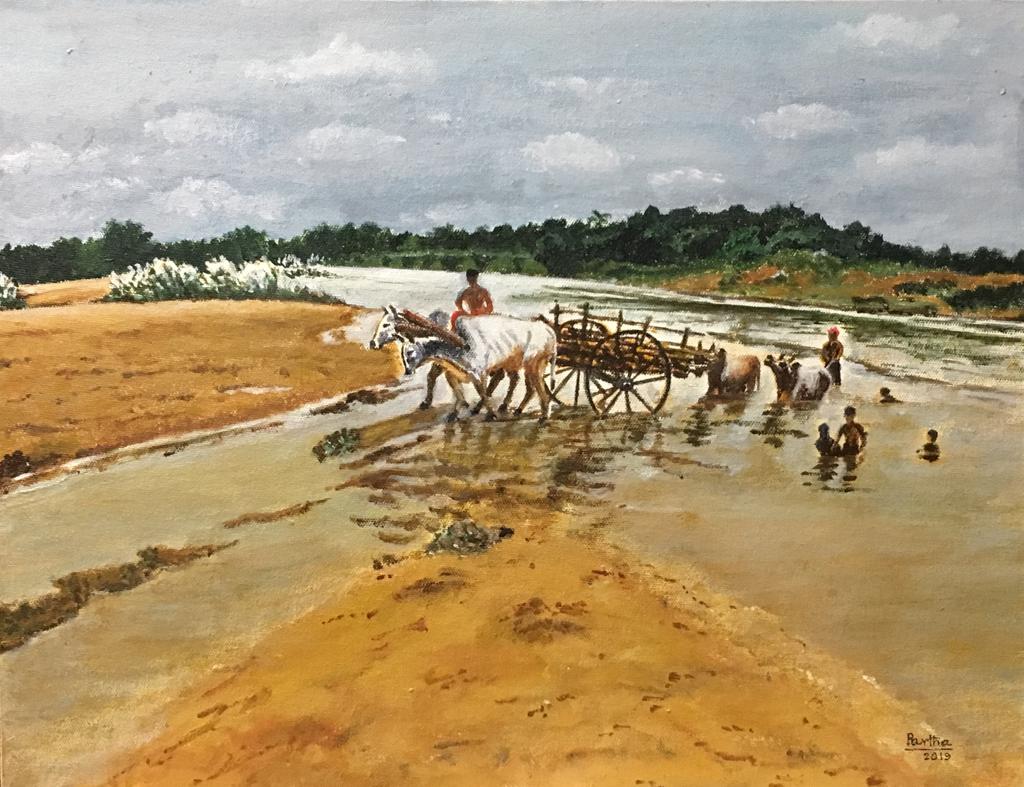
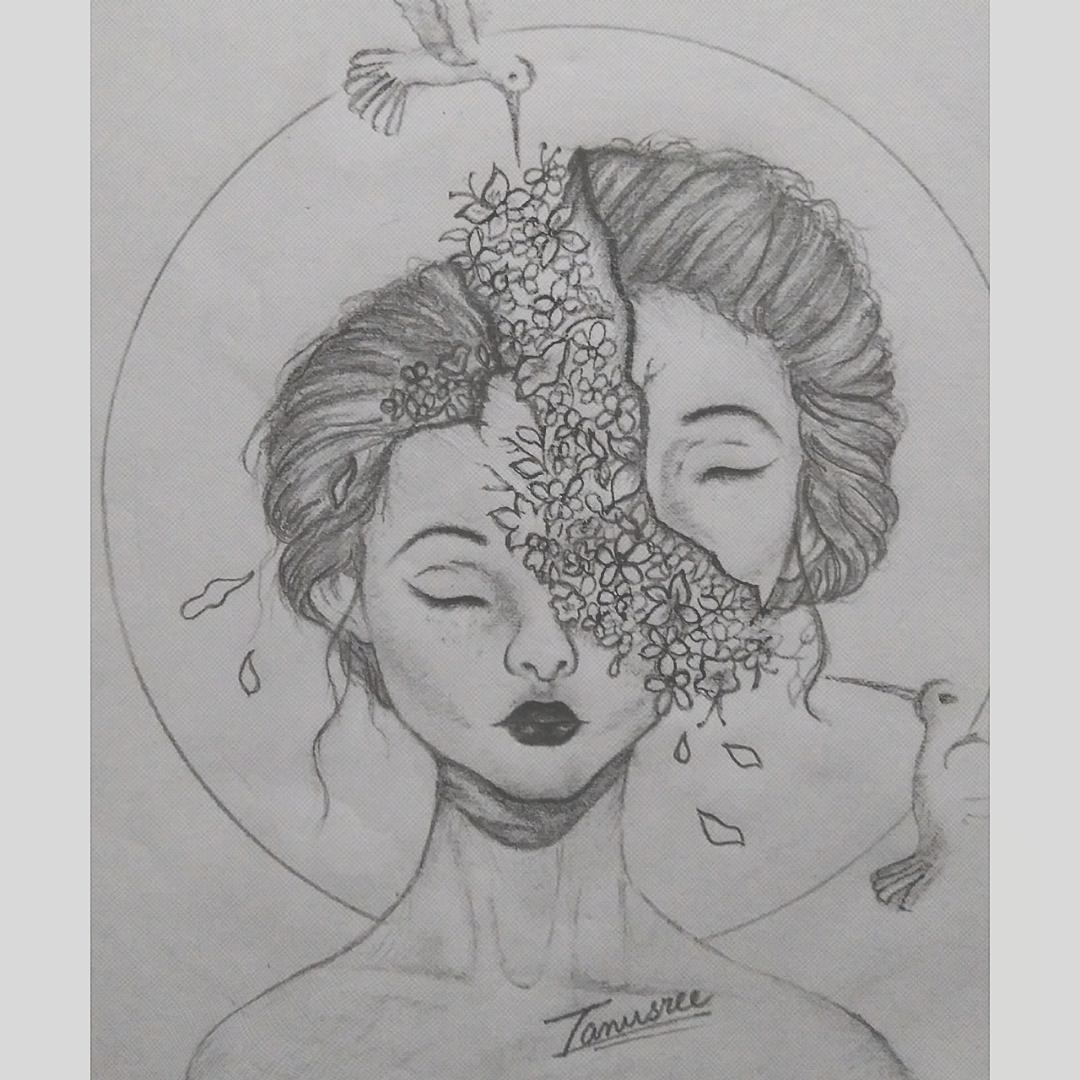
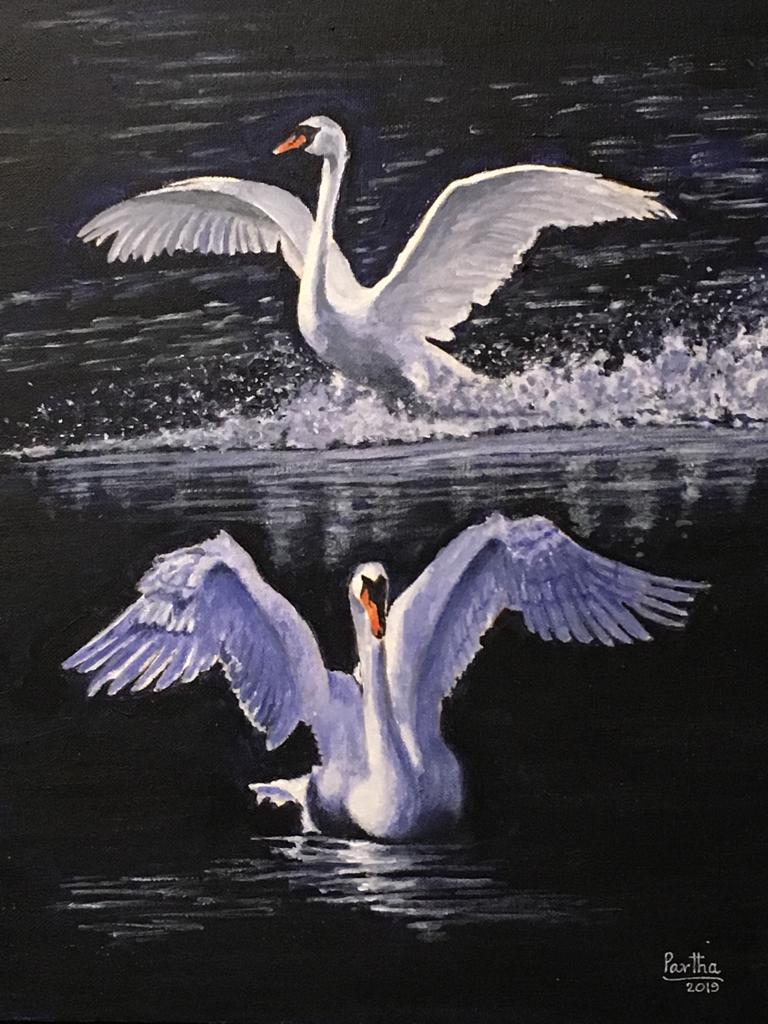
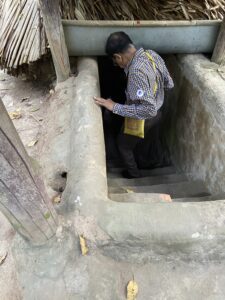
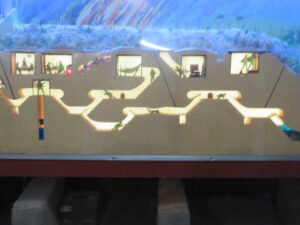
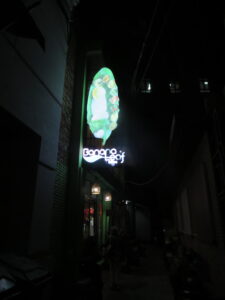
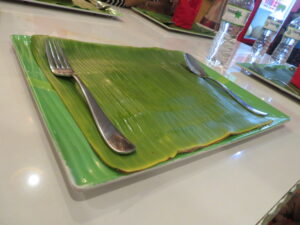
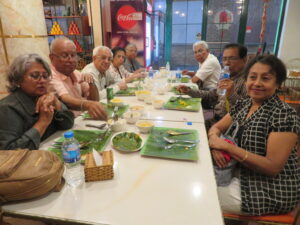
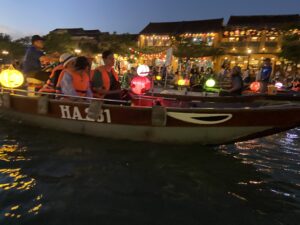
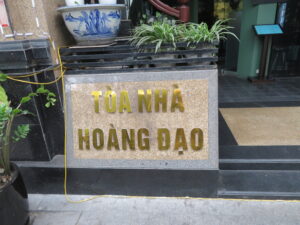

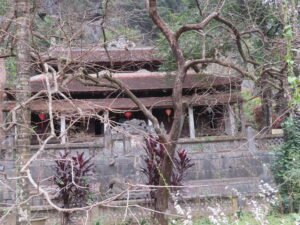
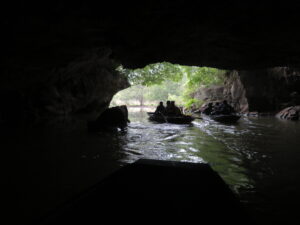
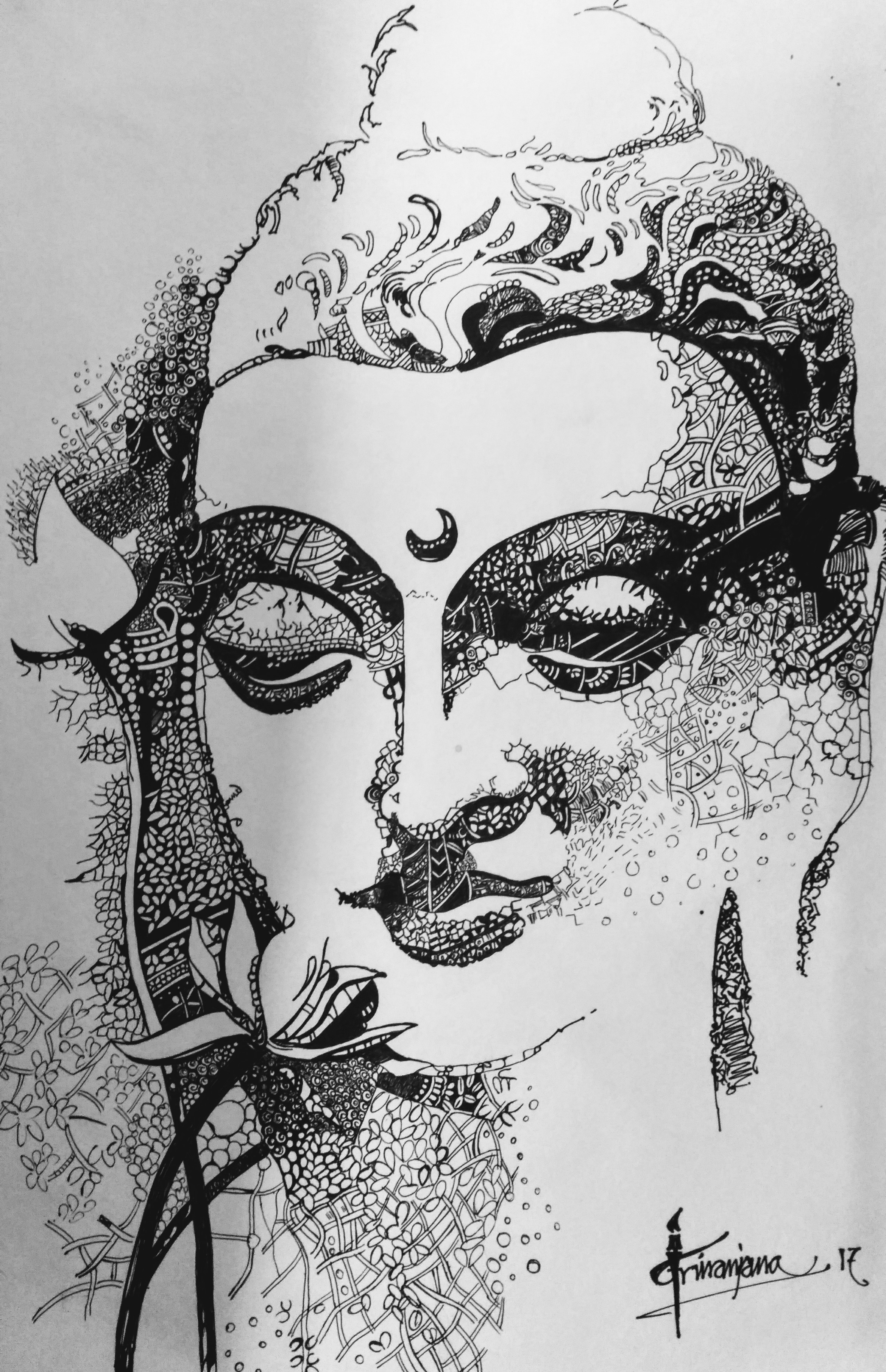


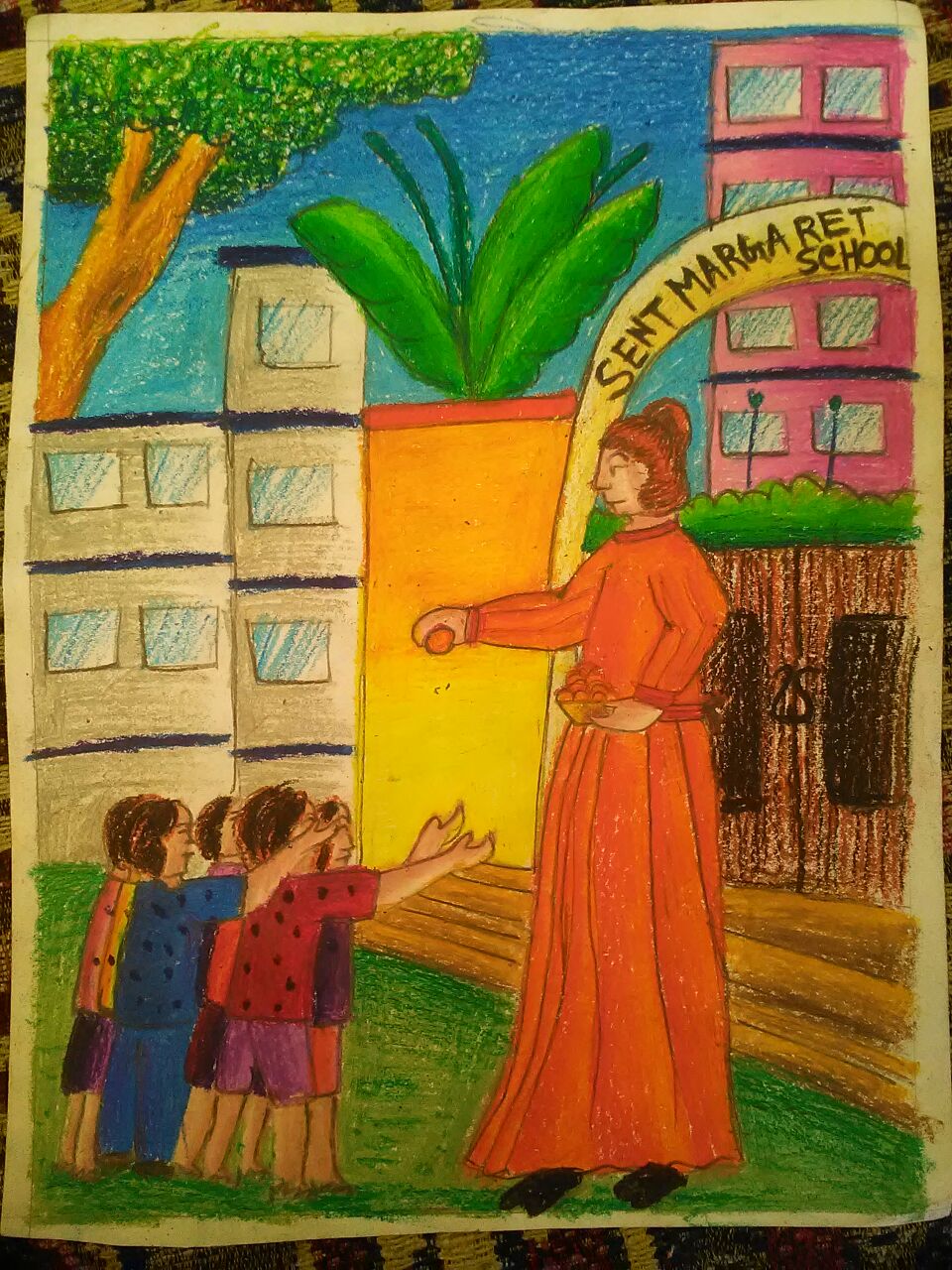

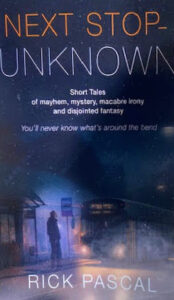

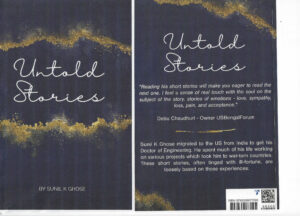

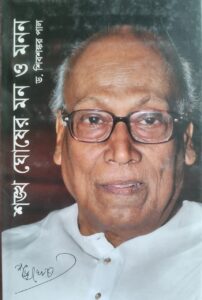

Comments »
No comments yet.
RSS feed for comments on this post. TrackBack URL
Leave a comment